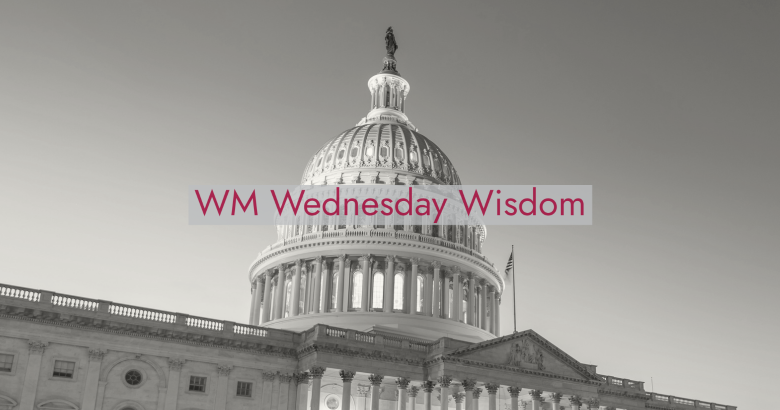Rise and Shine… Are You Ready for Retirement Reform?
On June 14th, the Senate Health, Education, Labor, and Pensions (HELP) Committee approved the Retirement Improvement and Savings Enhancement to Supplement Healthy Investments for the Nest Egg Act or the “RISE & SHINE Act (S. 4353).
Senators Patty Murray, D-Wash., and Richard Burr, R-N.C., introduced the Act. “The COVID pandemic upended our economy—and with it, the finances of millions of families in Washington state and across the country,” Murray said in a statement. “We need to do everything we can to help people get on solid financial footing—which is why I’m working to lower families’ costs, and on bipartisan legislation to help people save for their futures.” The Senators said they’ve been working with colleagues for months to develop the broad, bipartisan retirement package.
The package builds off legislation passed by the House earlier this year —the Securing a Strong Retirement Act referred to as SECURE 2.0.
The RISE & SHINE Act includes a wide range of policies to create additional protections for workers and retirement savers, including steps to:
- Bolster savings by allowing employers to offer emergency savings accounts;
- Expand access to employer-provided retirement plans through multiple employer plans, and through increased access to plans for part-time workers;
- Improve communications to retirement plan participants and transparency around lump-sum buyout offers for pension plan participants; and more.
Provisions in the RISE and SHINE Act not in SECURE 2.0 include:
- Allowing the use of plan assets to pay some incidental plan design expenses;
- Raising the limit on mandatory cash-out distributions from $5,000 to $7,000;
- Clarifying that plans filing Form 5500 under a Group of Plans need only to submit an audit opinion if they have 100 participants or more; and
- The inclusion of the Emergency Savings Act of 2022 (the Emergency Savings Act). Under Emergency Savings Act, 401(k) plans could include emergency savings accounts. Participants could make pre-tax contributions to their emergency savings accounts. Employers could match those contributions, but the total amount in a participant’s emergency savings account could not exceed $2,500. Participants could withdraw amounts from their emergency savings accounts generally at any time, without the requirements imposed on hardship withdrawals.
Provisions in SECURE 2.0 not in RISE and SHINE include:
- Increasing the catch-up contribution limit for those ages 62–64;
- Permitting matching contributions on student loan payments;
- Raising the required minimum distribution age;
- Requiring at least one quarterly benefit statement to be delivered on paper per year, unless the participant opts out of the paper requirement
- Removing required minimum distribution barriers for life annuities; and
- Implementing a retirement savings lost and found database.

What’s next?
The Senate Finance committee is expected to release and hold a hearing on its own version of a retirement package this summer. The HELP Committee measure is expected to be combined with the Finance Committee’s bill into one Senate bill. The combined Senate bill would then need to be reconciled with the House-passed legislation before a final bill can be voted on by both chambers of Congress and sent to President Biden for signature.
According to Wayne Chopus, President and CEO of the Insured Retirement Institute, this outcome will require a substantial amount of work by legislators over the coming weeks and months, but he believes Congress can get the job done and build on the legacy of 2019’s SECURE Act.
Questions?
Wouch Maloney will keep you informed about important developments in retirement reform legislation. As always, should you have questions about this topic, or any other topics related to your personal or business situation, please contact us at any time.
DISCLAIMER: The WM Update, WM Wednesday Wisdom, WM Daily Update COVID-19, COVID-19 Business Resources, COVID-19 Client News Alerts and other related communications are intended to provide general information, including information regarding legislative COVID-19 relief measures, as of the date of this communication and may reference information from reputable sources. Although our firm has made every reasonable effort to ensure that the information provided is accurate, we make no warranties, expressed or implied, on the information provided. As legislative efforts are still ongoing, we expect that there may be additional guidance and clarification from regulators that may modify some of the provisions in this communication. Some of those modifications may be significant. As such, be aware that this is not a comprehensive analysis of the subject matter covered and is not intended to provide specific recommendations to you or your business with respect to the matters addressed.


